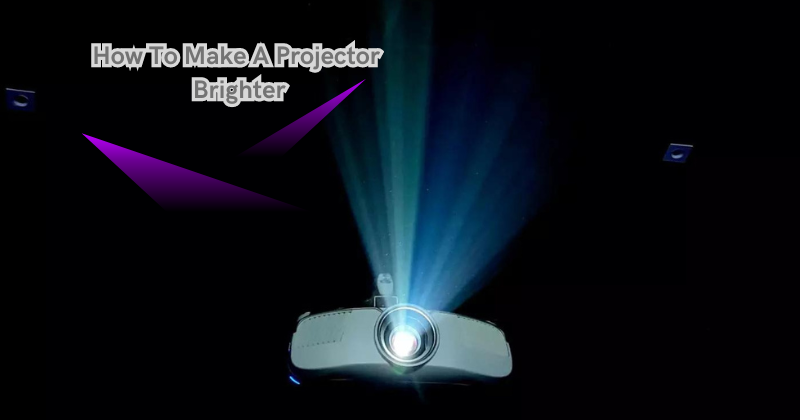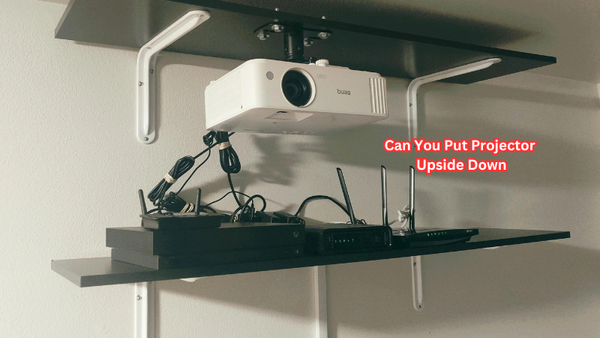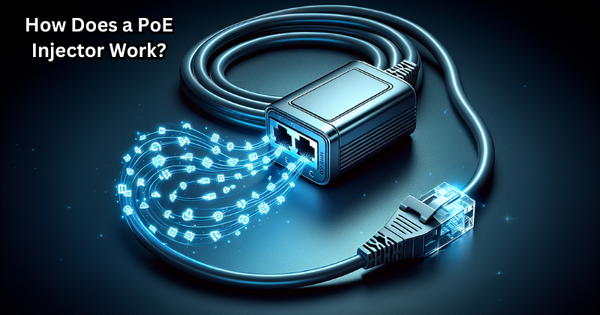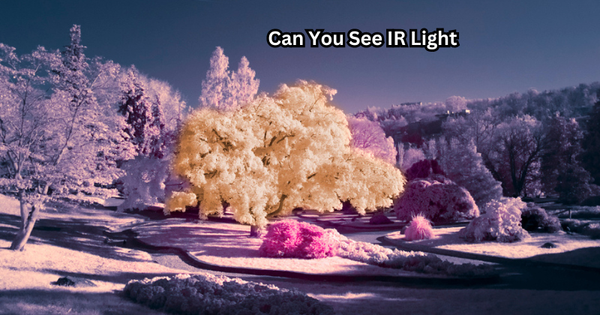Enhancing the brightness of a projector can significantly improve the quality of your presentations, movie nights, or gaming experiences. By implementing a few strategic techniques, you can maximize the luminosity of your projector output without compromising image quality.
Adjusting settings such as brightness, contrast, and color temperature on both the projector and the input device can make a noticeable difference. Additionally, optimizing the ambient lighting conditions and utilizing a high-gain projection screen can amplify the brightness further.
Moreover, cleaning the projector lens and ensuring proper ventilation can prevent obstructions and maintain peak performance. This guide will explore these methods to help you achieve a brighter, more vibrant projection.
Importance of Brightness for Projectors
Brightness is a crucial factor in determining the quality of a projected image. It refers to the amount of light emitted from the projector, measured in lumens. A higher brightness level allows for clearer and more detailed visuals, especially in well-lit environments.
However, simply increasing the brightness level to its maximum may only sometimes result in optimal image quality. Other factors such as contrast, color accuracy, and ambient light can also impact the overall brightness perception. Therefore, it is essential to consider all of these elements when trying to make your projector brighter. Projector's brightness capabilities are often listed in the product specifications and can range from 1000 lumens for smaller projectors to over 5000 lumens for larger, more professional models.
How To Make A Projector Brighter
Now, we will delve into the specific techniques that can help you make your projector brighter.
Adjusting Settings on the Projector:
The first step is to check the settings on your projector. Most modern projectors have a variety of image adjustment options, including brightness, contrast, color temperature, and more. Experimenting with these settings can significantly enhance the brightness and overall quality of your projection.
Adjusting Settings on the Input Device:
The input device, such as a laptop or DVD player, also has display settings that can affect the projector's brightness. Make sure to adjust these settings, especially if you are using a different input device than usual.
Optimizing Ambient Lighting:
Turning off or reducing any ambient lighting in the room can have a significant impact on the perceived brightness of your projector. This is because natural or artificial light can compete with the projected image and reduce its overall brightness.
If turning off lights is not an option, you can also try using blackout curtains or blinds to block out external light sources. Additionally, positioning the projector away from any direct light source can also help improve its brightness. Absorbing ambient light can also help improve the contrast and overall brightness of the projection.
Utilizing a High-Gain Projection Screen:
A high-gain projection screen is specifically designed to reflect more light toward the audience, resulting in a brighter image. These screens have a special coating that helps amplify the projector's brightness and improve overall image quality.
Cleaning The Projector Lens:
Over time, dust and dirt can accumulate on the projector lens, obstructing the light and reducing brightness. Regularly cleaning the lens with a soft cloth can help maintain maximum brightness levels. Furthermore, ensuring proper ventilation for the projector can also prevent overheating and maintain its performance.
Ensuring Proper Ventilation:
Adequate ventilation is essential for projectors to operate at their optimum level. Make sure that any objects or walls do not block the air vents of your projector. This will prevent overheating and ensure the projector can maintain its brightness.
Changing The Bulb:
If all else fails, it may be time to replace the projector bulb. Over time, projector bulbs can lose their brightness and need replacing.
Consult the manufacturer's guidelines on when to change the bulb, and make sure to use a high-quality replacement for maximum brightness. The projector's light output typically decreases with age and use, so changing the bulb can significantly improve brightness levels.
Turn On Normal Mode:
Some projectors have an eco-mode that reduces brightness to conserve energy. If your projector has this feature, make sure it is turned off to maximize brightness. This mode is usually found in the projector's settings menu.
These are some of the most effective ways to make your projector brighter and improve your projection experience. Remember to experiment with different settings, optimize ambient lighting, and regularly maintain your projector for optimal performance. By implementing these techniques, you can enjoy a brighter, more vibrant projection every time.
Additional Tips for Maintaining Brightness:
Apart from adjusting settings and optimizing lighting conditions, there are some other tips you can follow to maintain the brightness of your projector:
- Use a high-quality input source: A low-quality input source can result in a dull and blurry projection. Make sure to use high-resolution content for maximum clarity and brightness.
- Avoid extreme temperature changes: Extreme temperatures can affect the performance of your projector, so try to keep it in a stable environment.
- Regular maintenance: Performing regular maintenance on your projector, such as cleaning the filter and checking for any updates, can help keep it running at its best.
Enhance Your Viewing Experience:
Having a bright projector is not only essential for clarity and detail but also for an enjoyable viewing experience. Here are some additional tips to enhance your projection experience:
- Use a proper screen: Using a high-quality projection screen can significantly impact the brightness and overall image quality. Make sure to invest in a good screen made specifically for projectors.
- Adjust seating position: The closer you are to the screen, the brighter the image will appear. Experiment with your seating position to find the optimal distance for maximum brightness and clarity.
- Control ambient sound levels: External noise can also impact your viewing experience. Try to minimize any ambient sound or use headphones for a more immersive experience.
- Choose a suitable projection surface: The color and texture of the projection surface can affect the brightness and overall appearance of the projected image. Make sure to choose a suitable surface for your projector.
- Experiment with different lighting effects: With some projectors, you can add lighting effects or change the color temperature to enhance your viewing experience. Play around with these options to find what works best for you.
By following these techniques, you can significantly improve the brightness of your projector and enjoy a more vibrant and immersive projection experience. Remember to regularly maintain your projector, experiment with settings, and optimize ambient lighting for optimal performance.
Projector Maintenance and Care
In addition to following the tips mentioned above, it is essential to maintain and care for your projector regularly. Here are some general maintenance guidelines to help prolong the life of your projector and maintain its brightness:
- Clean the filter: The air filter of your projector can become clogged with dust and debris over time, obstructing airflow and causing overheating. Regularly cleaning or replacing the filter can prevent this and maintain the projector's performance.
- Check for firmware updates: Manufacturers often release firmware updates that can improve your projector's performance, including brightness. Check for updates regularly and install them as needed.
- Avoid moving the projector while it is in use: Moving the projector while it is on can cause damage to its internal components and affect its performance. Make sure to turn off the projector and let it cool down before moving it.
- Store the projector properly: When not in use, make sure to store the projector in a safe and dry place to prevent any potential damage.
Good care and maintenance can significantly impact the brightness and overall performance of your projector. By following these guidelines, you can ensure that your projector stays in top condition for a long time.
FAQs
How can adjusting the brightness settings affect projector brightness and improve the viewing experience?
Adjusting the brightness settings on your projector can significantly enhance its light output. Most projectors have brightness controls in their menu settings, allowing you to adjust the light intensity based on your viewing environment. However, remember that increasing the brightness to its maximum level may result in increased fan noise and reduced lamp life.
Does the type of projector screen used affect projector brightness?
Yes, the type of projector screen can greatly influence the brightness of the projected image. A high gain screen, for example, can reflect more light than a standard screen, thereby making the image appear brighter. However, high gain screens can also narrow the viewing angle, so it's essential to consider your specific needs and projector model before choosing a screen.
Do different projector models have different maximum light outputs?
Yes, different projector models have varying maximum light outputs, which is typically measured in lumens. Higher-end projectors often have higher lumen ratings, meaning they can produce brighter images. However, keep in mind that a higher lumen rating may also mean a shorter lamp life, so it's crucial to balance brightness with the longevity of your projector lamp.
How does lamp life impact the brightness of a projector?
The lifespan of a projector lamp can significantly impact its brightness. As a lamp nears the end of its life, it will start to dim, reducing the projector's overall brightness. Thus, regular maintenance and timely replacement of the projector lamp can help maintain optimal brightness levels.
Conclusion
In conclusion, enhancing a projector's brightness is essential for achieving optimal visual impact in various settings, from professional presentations to home entertainment.
By carefully adjusting the settings, investing in higher-lumen bulbs or brighter projector models, and optimizing the projection environment, individuals can elevate the brightness and overall quality of their projected images. This not only leads to crisper, more vivid visuals but also enhances the overall viewing experience for audiences.
Whether it's in a conference room, classroom, or home theater, implementing these strategies can result in a brighter, more immersive display that captivates and engages viewers. Ultimately, the pursuit of increased brightness in projectors is pivotal for delivering impactful, visually compelling content across diverse applications.





